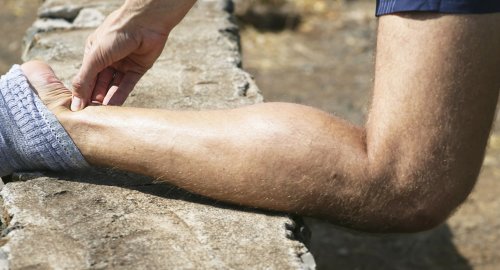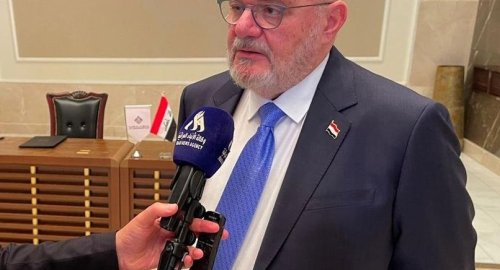
Researchers create implantable device to help heal tendon injuries, Irish

- 1-09-2021, 19:00
INA – SOURCES
Researchers at the Cúram SFI research centre are creating stimulator devices to treat damaged muscles using electrical energy generated by the body’s own movement.
The researchers said that their movement-powered mesh may pave the way for a whole new class of regenerative electrical therapies.
Every year, more than 102m adults worldwide have serious tendon injuries. Treating these injuries isn’t easy. While surgical interventions currently represent the gold standard in care, these solutions often don’t fix the entire issue. Scar tissue frequently forms and surgery can result in chronic inflammation that impedes long-term healing.
The researcher’s findings were published in the journal Advanced Materials. Their goal was to find innovative ways to provide electrical therapy alongside exercise as a way of treating injured tendons. They suspected that the right material would provide a new, more effective way of treating injuries.
The Cúram device uses a piezoelectric mesh that generates electricity when it is stretched or put under pressure. The researchers created the mesh by using a scaffold of nano-fibres that are one-thousandth the thickness of a human hair.
“Our discovery shows that an electrical charge is produced in the treatment target area – the damaged or injured tendon – when the implanted device is stretched during walking. The potential gamechanger here is like a power switch in a cell – the electrical stimulus turns on tendon-specific regenerative processes in the damaged tendon,” said Marc Fernandez, who carried out the principal research of the study.
“We presented an implantable, electrically active device capable of controlling tendon regeneration and healing. Importantly, our research improved the therapeutic performance of the device by enhancing its structure, piezoelectric characteristics and biological compatibility.
“These devices are cost-effective, relatively easy to implant and may pave the way for a whole new class of regenerative electrical therapies,” he concluded.
First joint picture of Greenland Ice Sheet melting, ESA
- Multimedia
- 09:28
US Central Command: We killed ISIS terrorist leader Abu Yusuf in Syria
- International
- 24/12/20
Liverpool compete with Real Madrid to sign Olympique Lyonnais star
- Security
- 24/12/19
ISC, ADX discuss Strengthening Economic Ties
- Economy
- 24/12/16
Iraq assumes presidency of Arab Investment Company’s Executive Board
- Economy
- 24/12/17












